Something to Sing About
A New York bandleader journeys to Hollywood when he is offered a contract with a studio, but he is determined to do things his way and not theirs.
Something to Sing About, (1937), re-released in 1947 as Battling Hoofer, is the second and final film James Cagney made for Grand National Pictures – the first being Great Guy – before mending relations with and returning to Warner Bros. It is one of the few films besides Footlight Parade and Yankee Doodle Dandy to showcase Cagney’s singing and dancing talents. It was directed by Victor Schertzinger, who also wrote the music and lyrics of the original songs, as well as the story that Austin Parker’s screenplay is based on. Cagney’s co-stars are Evelyn Daw and William Frawley, and the film features performances by Gene Lockhart and Mona Barrie.
The film, which is a satire on the movie industry’s foibles, flopped in theaters, causing the just recently started “Poverty Row” independent Grand National,[4] which had gone significantly overbudget making the film, to close its doors in 1940.
When, at 80 years of age, Cagney was asked which of his films – outside of Yankee Doodle Dandy – that he’d like to see again, this was the film he chose. Since the copyright on the film was not renewed in 1965, the film is now in the public domain in the United States.
Plot
“Terry Rooney” (James Cagney) is the stage name of Thaddeus McGillicuddy, a popular New York band leader and hoofer with a radio show, who gets an offer to go to Hollywood to make movies. He leaves behind his fiancee, the band’s singer, Rita Wyatt (Evelyn Daw), and finds himself in the hands of studio boss B.O. Regan (Gene Lockhart), who sets a team of studio professionals to mold Rooney into a star. Regan, after struggling with another new talent who quickly developed an uncontrollable ego, also secretly insists that no one praise Rooney’s work, on pain of being fired.
While shooting a bar fight for his first film, a stunt man who is supposed to throw a fake punch at Rooney hits him deliberately instead. Rooney retaliates, and a full-out fistfight breaks out. Disgusted with Hollywood, Rooney leaves to marry Wyatt, and for a honeymoon takes her on a tramp steamer for a cruise to the South Seas, ending up in San Francisco.
While they are away, the film is completed and premiered, and becomes a huge hit – but, to Regan’s dismay, nobody in the studio knows where Rooney is. When he is finally spotted in San Francisco, Regan flies out immediately with a contract, a clause of which requires Rooney to remain single for its seven-year duration. Rooney and Wyatt agree to keep their relationship quiet, with Wyatt posing as Rooney’s secretary.
Another film is begun, with Rooney acting alongside Stephanie Hajos (Mona Barrie), and to promote it, studio publicist Hank Meyers (William Frawley) plants news stories saying that Rooney and Hajos are love interests off-screen. The combined stress of having their marriage remain a secret, while Rooney has less and less time for her, eventually drives Wyatt back to New York. Hajos finds out that Rooney is not only not interested in her but is married; the story breaks to the papers, and Rooney returns to Wyatt and their band in New York with a front-page article declaring his relationship with Hojas a hoax.
Cast
James Cagney as Thadeus McGillicuddy, aka Terrence “Terry”
Evelyn Daw as Rita Wyatt
William Frawley as Hank Meyers
Mona Barrie as Stephanie “Steffie” Hajos
Gene Lockhart as Bennett O. “B.O.” Regan
Philip Ahn as Ito, Terry’s man-servant
Marek Windheim as Mr. Farney, dialogue director
Dwight Frye as Mr. Easton, makeup supervisor
Johnny Arthur as Mr. Daviani, wardrobe supervisor
William B. Davidson as Mr. Richards, nightclub owner
Richard Tucker as Mr. Blaine, the director
Kathleen Lockhart as Miss Amy Robbins, newspaper columnist
James Newill as Jimmy, band member
Harry Barris as Pinky, pianist in the band
Cully Richards as Cully, band member
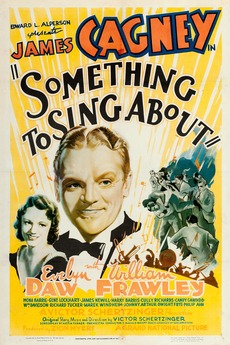
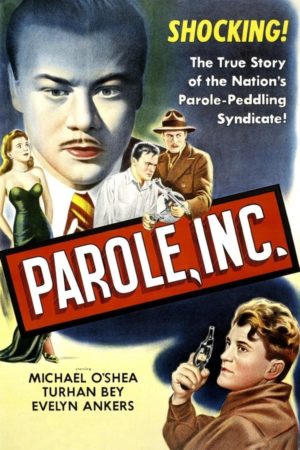
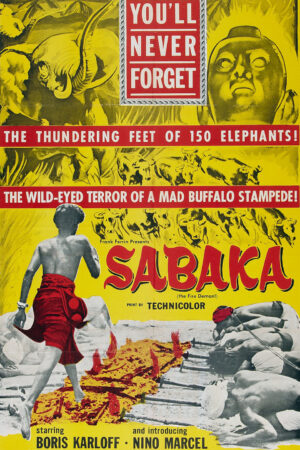
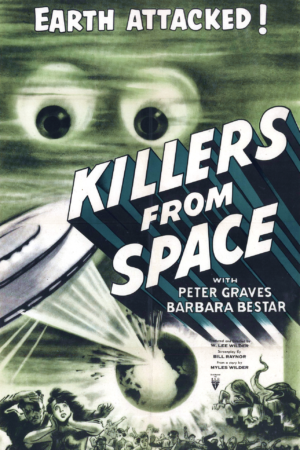

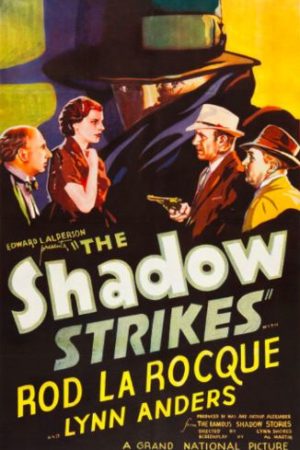
There are no reviews yet.